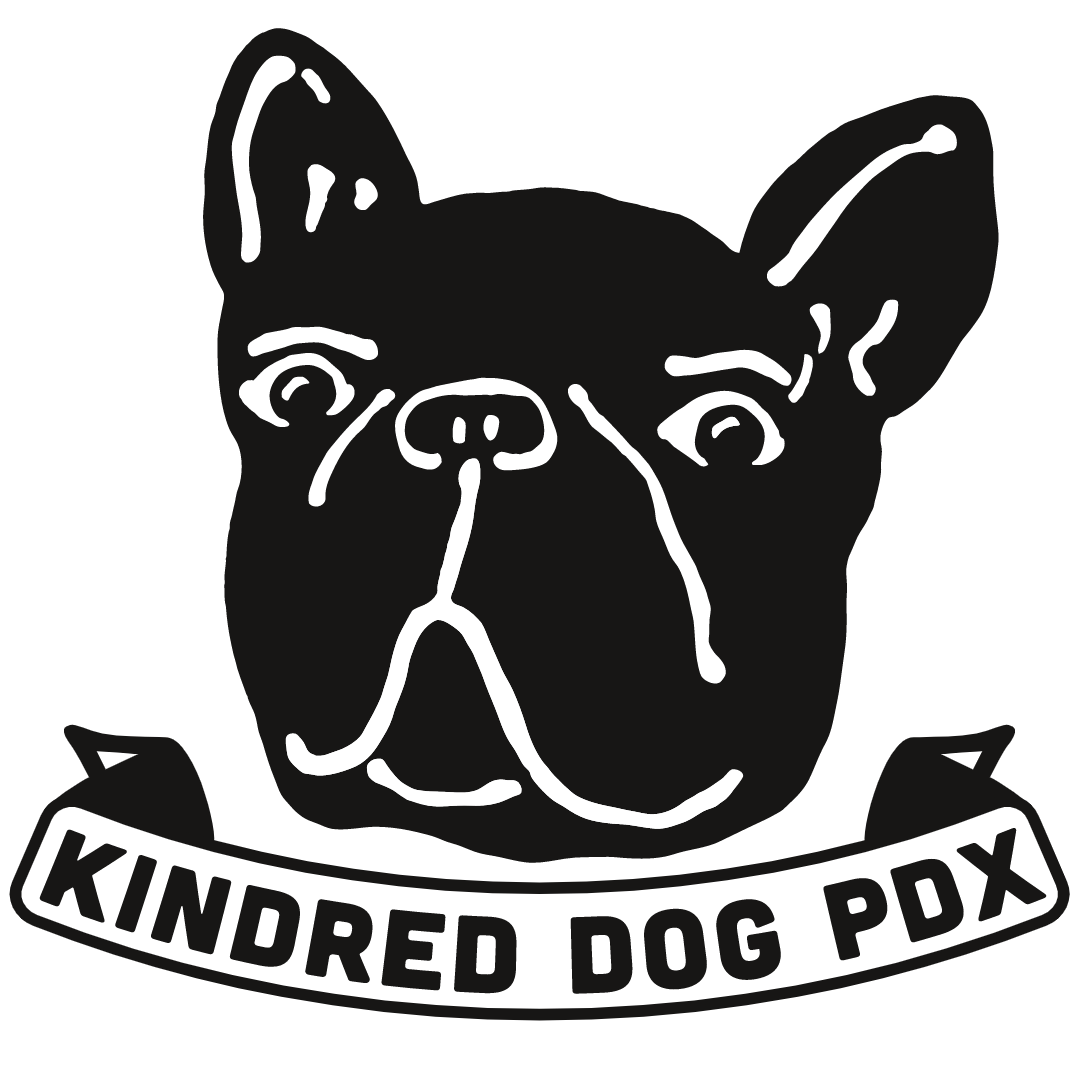Training Leash Reactive Dog
Every dog owner dreams of peaceful, enjoyable walks with their furry companion. However, for many, this dream is shattered by leash reactivity, a common yet challenging behavior. Leash reactivity can turn a simple walk into a stressful tug-of-war, filled with barking, lunging, and anxiety. But fear not! Understanding and addressing this behavior can transform your walks into the serene outings you've always wanted.
Understanding Leash Reactivity
What Causes Leash Reactivity?
At its core, leash reactivity stems from a dog's frustration, fear, or over-excitement about stimuli while on a leash. This can be due to:
Lack of socialization: Dogs not exposed to various sights, sounds, and beings during their early months may react fearfully or aggressively when encountering them later.
Previous negative experiences: Traumatic encounters with other dogs or people can leave lasting impressions.
Natural instincts and temperament: Some breeds are more prone to reactive behaviors due to their genetic makeup.
Signs and Symptoms
Recognizing leash reactivity is the first step towards management. Common signs include:
Vocalizations: Barking, growling, or whining directed at dogs, humans, or other stimuli.
Body language: Stiffening, lunging, or attempting to chase after the trigger.
Tail and ear movements: Tail wagging does not always mean happiness; paired with certain ear positions, it can indicate agitation.
The Impact of Leash Reactivity
The effects of leash reactivity extend beyond the leash. For dogs, it can lead to stress, reducing their quality of life. For owners, it can cause embarrassment, leading to fewer walks and a strained relationship with their pet.
Managing Leash Reactivity
Immediate Strategies
When faced with a reactive episode:
Distraction and Redirection: Carry treats or toys to divert your dog's attention away from triggers.
Buffer Zone: Create physical space between your dog and the trigger. Cross the street or step aside to let others pass.
Body Language and Vocal Commands: Use calm, assertive commands to communicate what you expect from your dog.
Long-term Management
For lasting change, consider:
Regular Exercise and Mental Stimulation: A tired dog is a happy dog. Regular physical activity and brain games can help mitigate reactive tendencies.
Socialization Opportunities: Controlled exposure to various stimuli can help desensitize your dog.
Professional Help: Sometimes, a professional trainer or behaviorist is necessary to address underlying issues.
Training Techniques for Leash Reactive Dogs
Positive Reinforcement Training
Reward your dog for calm behavior. Treats, praise, and play can all be effective rewards.
Desensitization and Counterconditioning
Gradually expose your dog to their triggers in controlled settings, rewarding them for non-reactive behavior. Over time, they'll learn that calmness in the face of triggers leads to positive outcomes.
Consistency and Patience
Training a leash-reactive dog requires time and patience. Celebrate the small victories and remain consistent in your approach.
Advanced Training Options
Consider group classes for socialization or private sessions for individual attention. Specialized equipment like no-pull harnesses or head collars can also be beneficial. Technology, such as apps and online resources, offers additional support.
Common Challenges and Solutions
Training is not always a linear process. Setbacks are normal. Stay calm, adjust your strategies as needed, and always prioritize safety.
-
Observe their body language closely. Excitement is often accompanied by playful gestures, whereas reactivity may involve more aggressive or fearful signals.
-
No-pull harnesses and head collars can provide better control without causing discomfort to your dog.
-
While some dogs may overcome their reactivity completely, for others, it may be about management and significant improvement rather than a total cure.
-
The time it takes can vary widely depending on the dog, the consistency of the training, and the severity of the reactivity. Patience is key.
Conclusion
Transforming a leash-reactive dog into a calm companion is a journey. It requires understanding, patience, and consistent training. Remember, the goal is not just to enjoy peaceful walks but to enhance the bond between you and your dog. Embrace the process, and you'll find the rewards are well worth the effort.


